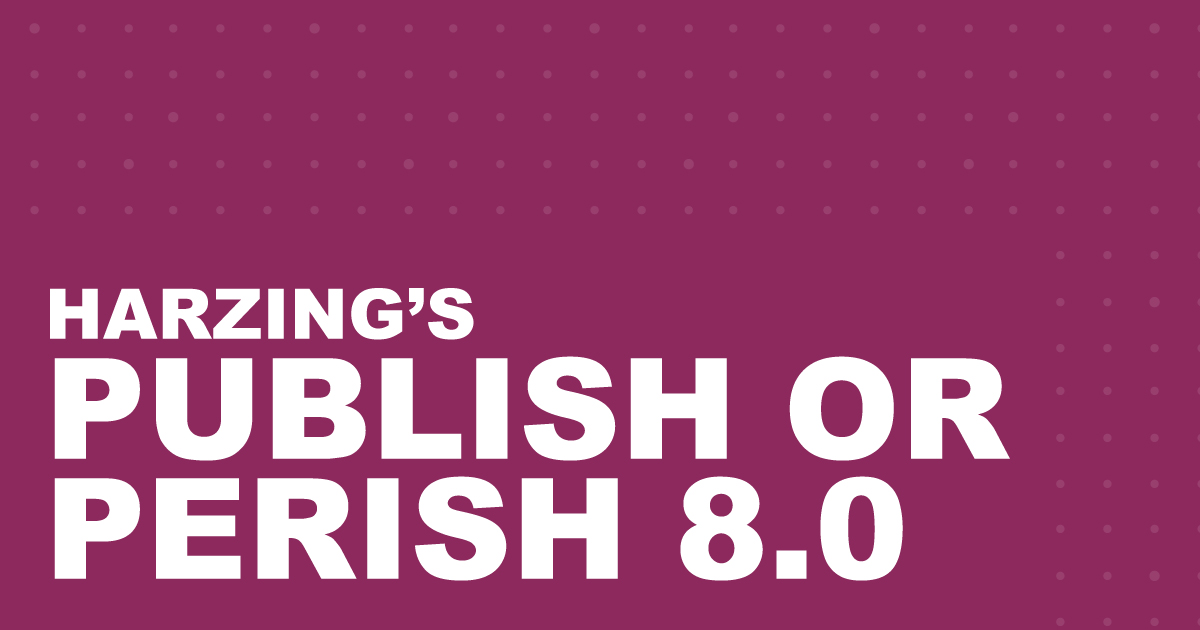
Citation tracking, or citation analysis is an important tool used to trace scholarly research, measure impact, and inform tenure and funding decisions.It looks at the number of times that a work has been cited in the bibliographies of other works.
The impact of an article is evaluated by counting the number of times other authors cite it in their work. A high number of citations usually indicates a highly regarded work, but it can also indicate a well-known but controversial work to which a number of authors have referred.
Researchers do citation analysis for several reasons:
In this guide we suggest tools that let you:
Unfortunately, there are no magic bullets or one stop shops - you need to use a number of tools to cover all bases.
Citation databases track citations included in the reference lists of publications.
Results of citation analysis will vary dependent upon the database used. This variation may occur because databases index different publication sources, across different publication date ranges. Some variation may also occur due to the inclusion of poor quality data - such as duplicate records, misspelt citations, missing authors and other citation data.
Many databases include citation count data. However, no single database will index all publications by an individual researcher.


A researcher's h-index can be calculated manually by locating citation counts for all published papers and ranking them numerically by the times cited.
Some databases and tools, like Web of Science, Scopus and Publish or Perish, will calculate this for you.